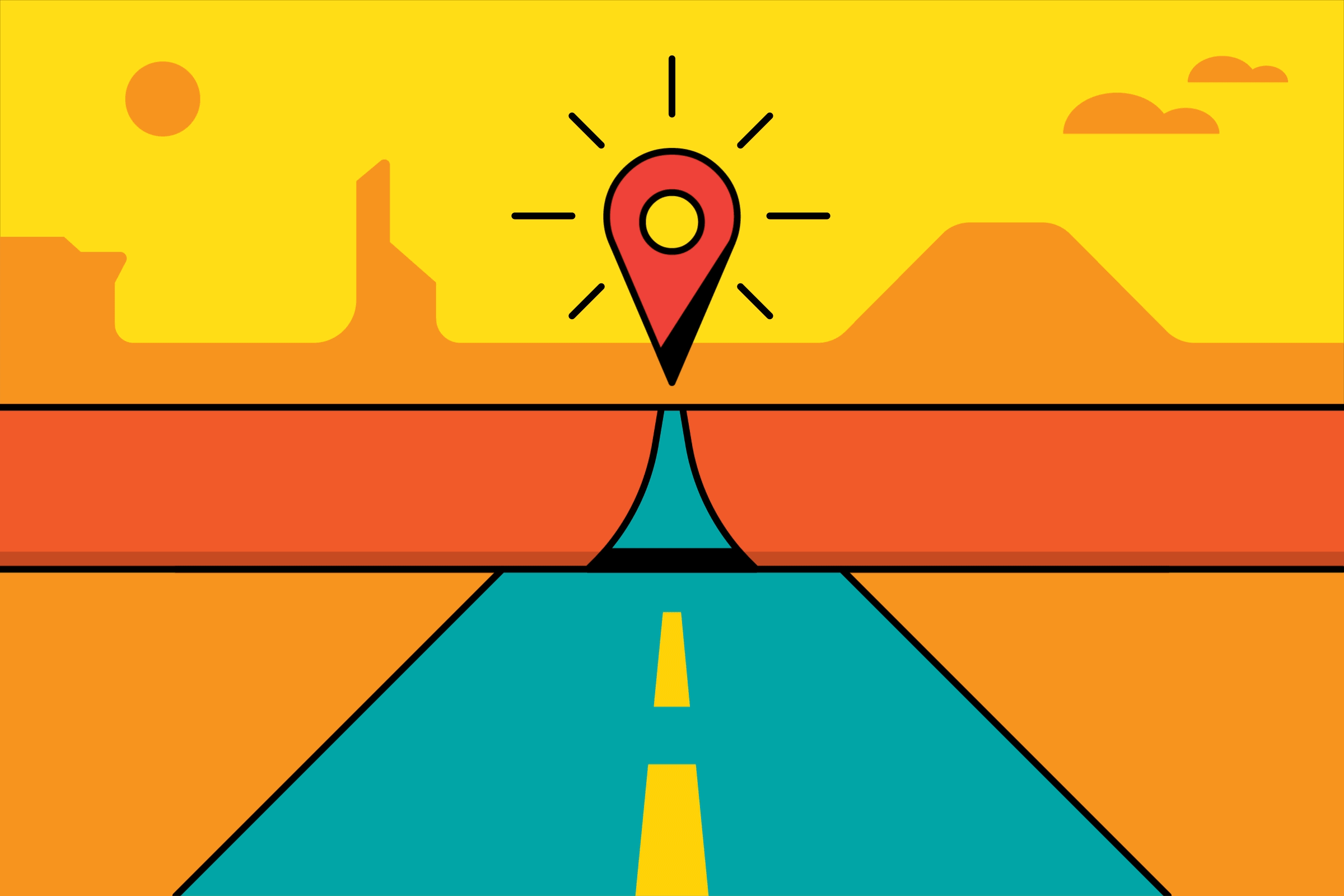Strung along
The people who pick up kiteboarding the fastest aren’t windsurfers. Or surfers. They’re kite fliers.
“They already understand the hardest part of this sport -- how to use the wind,” says John Gentz, a manager at Kites Etc. in Sunset Beach.
That’s why the first step in kiteboarding is to go fly a simple two-line, 6 1/2-square-foot foil “trainer” kite ($100-$120) for 10 to 20 hours. You steer the trainer with a handle, like the ones on inflatable kiteboarding sails, and learn to negotiate the “power window,” the 9-to-3 o’clock slice of windy sky that safely powers your kite.
After that, you need a minimum of three lessons that last two hours apiece ($450 at Kites Etc.).
The first lesson stays on the beach, where you get acclimated to the power of a large four-line kite, learn proper set-up and basic skills such as body-dragging and holding onto the bar with one hand. The second lesson helps you develop what Gentz calls “throttle skills” -- learning how to rev up and steer the kite while keeping it from crashing into the water. The third lesson is the first with a board, training downwind and crosswind maneuvers. The ability to tack upwind, the mark of a skilled kiteboarder, usually takes several weeks or months of practice on your own equipment.
A board runs $300 to $700, a harness $100 and a kite ranges from $700 to $1,300. It’s double or triple that when you get serious. Kiters often have several kites -- small ones for heavy winds and bigger models for calmer conditions.
-- Roy M. Wallack
Sign up for The Wild
We’ll help you find the best places to hike, bike and run, as well as the perfect silent spots for meditation and yoga.
You may occasionally receive promotional content from the Los Angeles Times.



